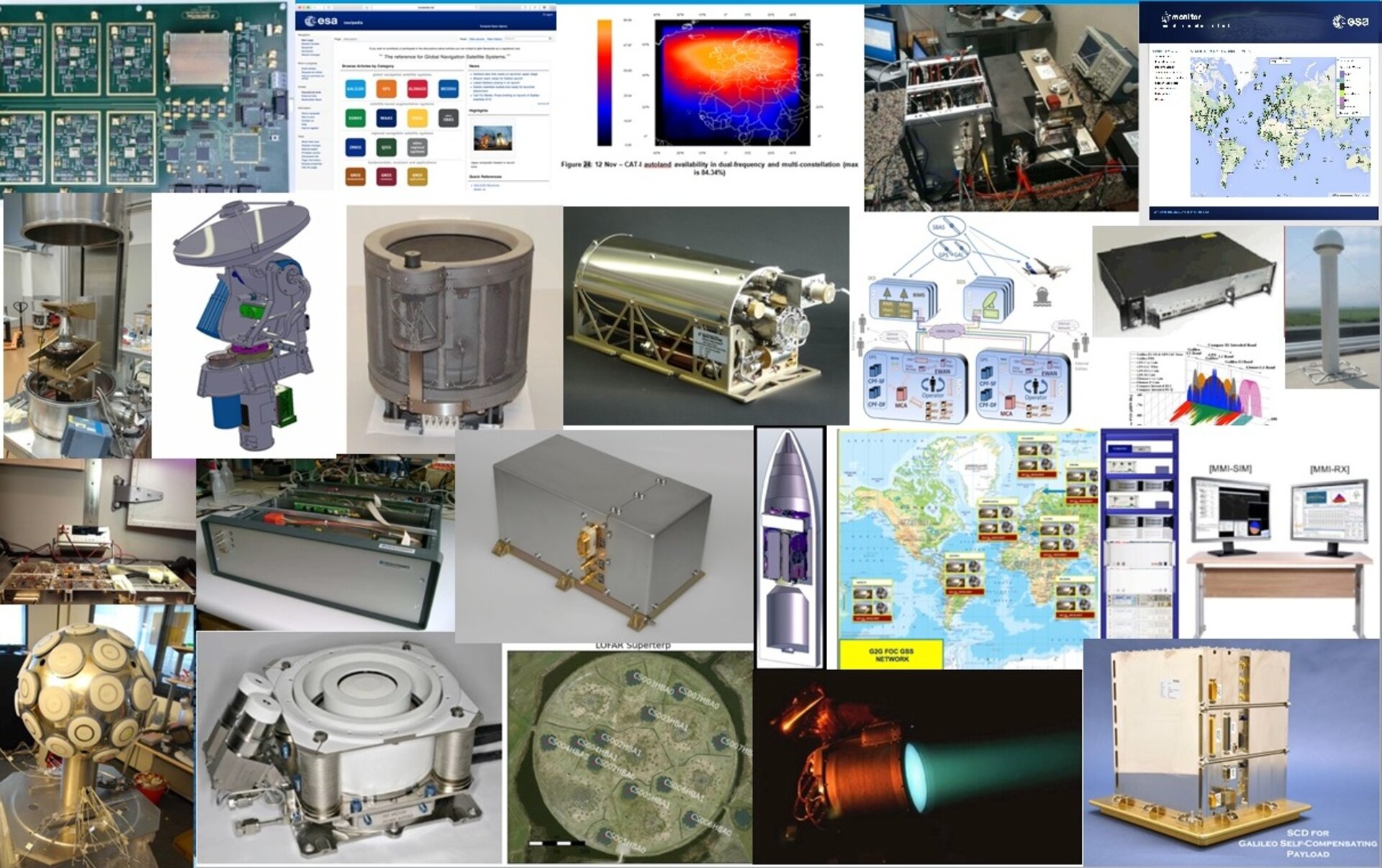New step forward in compact GNSS receivers
A recently closed GSTP activity with Septentrio in Belgium developed a new compact, low-power all-in-view Global Navigation Satellite System (GNSS) receiver module, called Quabanatu.
The company already designs, manufactures and sells highly accurate GNSS receivers, for a range of demanding applications that require the receivers to have accuracies in the decimeter or centimeter range, even under difficult conditions.
Quabanatu was built to address the necessary evolution of the radio-frequency chipset and core technology. Current receivers need to be optimized to address the market’s need for ever-more precise and reliable positioning. However, the receivers must also require very low power to run, and be more compact to ease their integration into other technologies. Naturally, these need to be managed against production costs if the receiver is going to be considered competitive.
The activity aimed to develop a compact, low power, all-in-view multi-constellation receiver module, to validate the design and architecture choices. Ultimately, it had two developments: A compact, low power, all-in-view multi-constellation GNSS Receiver and a RFIC Quabanatu ASIC.
The Quabanau module contains three major building blocks. Firstly, a low-power, multi-channel Radio Frequency Integrated Circuit (RFIC), which was developed in the scope of this project. The second is a small footprint low-power Application Specific Integrated Circuit (ASIC), which was previously developed for Artes. Finally, the activity built an advanced low-power Central Processing Unit (CPU) subsystem based on an off-the-shelf microprocessor.
The compact GNSS receiver was validated through several prototyping cycles and was revealed to be a success once it was able to allow the reception of four GNSS constellations, at all frequency bands, with less than 1 watt.
These two developments will serve as building blocks for the next, even more compact, GNSS receiver and ultimately to offer chip- level solutions to end customers.
GSTP activity 4000116630 closed in December 2019.















 Germany
Germany
 Austria
Austria
 Belgium
Belgium
 Denmark
Denmark
 Spain
Spain
 Estonia
Estonia
 Finland
Finland
 France
France
 Greece
Greece
 Hungary
Hungary
 Ireland
Ireland
 Italy
Italy
 Luxembourg
Luxembourg
 Norway
Norway
 The Netherlands
The Netherlands
 Poland
Poland
 Portugal
Portugal
 Czechia
Czechia
 Romania
Romania
 United Kingdom
United Kingdom
 Slovenia
Slovenia
 Sweden
Sweden
 Switzerland
Switzerland

























